MXB-DU Oilless Bearing SF-1 Bushing High-Temperature Resistance
Cat:Oilless Bearing
SF stands for three-layer composite, namely steel plate layer, copper powder layer and plastic layer. The steel plate layer plays the role of assembly...
See DetailsThe interference fit of oil-free bearings means that during the installation process of oil-free bearings, the outer diameter is designed to be slightly larger than the inner diameter of the seat hole, which generates a certain amount of stress after assembly. This design aims to maintain a high roundness of the inner circle of the bearing and secure the bearing more firmly, effectively preventing slippage and wear. The design and application of oil-free bearing interference ensures the stability and reliability of the bearings under harsh working conditions.
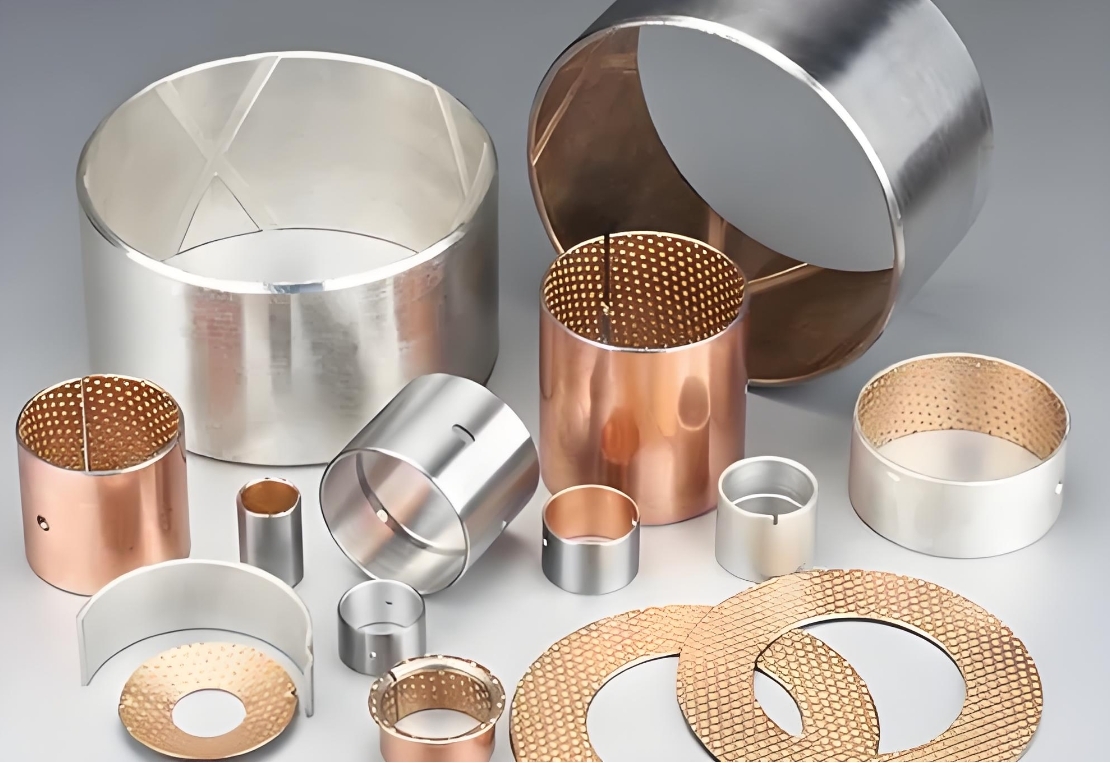
Advantages of interference fit
Oil-free bearings, such as the SF-1 series, have significant features such as no need for lubrication, easy maintenance, and long service life. Therefore, they are widely used in various types of mechanical equipment, especially in situations with low speed, heavy load or difficult maintenance.
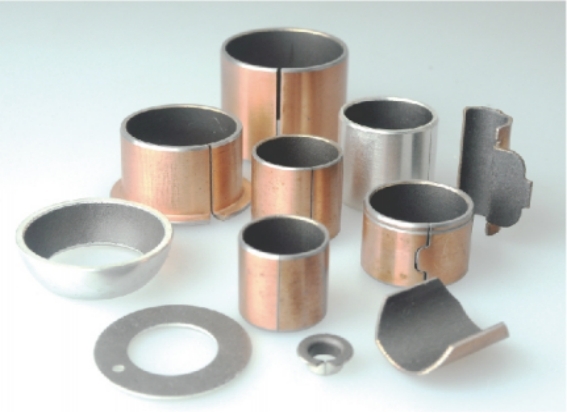
Calculation of interference
The interference is divided into minimum and maximum values, which are calculated from the maximum and minimum values of the outer diameter of the bearing and the inner diameter of the seat hole.
The calculation formula for interference is as follows:
Example:
SF-1 series SF-1·2015 (standard product), matching seat hole Dh=23H7+0.021, find the interference amount after assembly.
Calculate:
It is known that the maximum bearing outer diameter Max=23.075 and the minimum bearing outer diameter Min=23.035;
The maximum value of the inner diameter of the seat hole is Max=23.021, and the minimum value of the inner diameter of the seat hole is Min=23.00.
δmin=minimum bearing outer diameter Dmin-maximum seat hole inner diameter DHmax=23.035-23.021=0.014
δmax=maximum bearing outer diameter Dmax-minimum seat hole inner diameter DHmin=23.075-23.000=0.075
Therefore, the interference amount after assembly δ=0.014~0.075mm
The following points need to be noted for the interference fit of oil-free bearings:
In addition, attention should also be paid to the inspection of interference fitting parts before assembly, such as interference amount, verticality deviation, mating surface condition, etc., to ensure smooth assembly and normal use of the bearing.
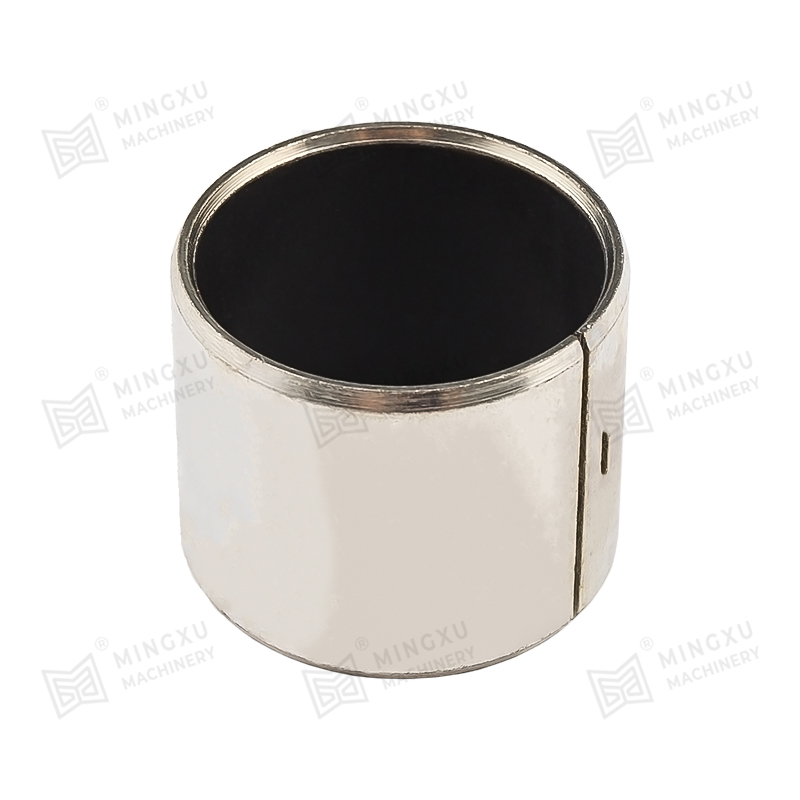
SF stands for three-layer composite, namely steel plate layer, copper powder layer and plastic layer. The steel plate layer plays the role of assembly...
See Details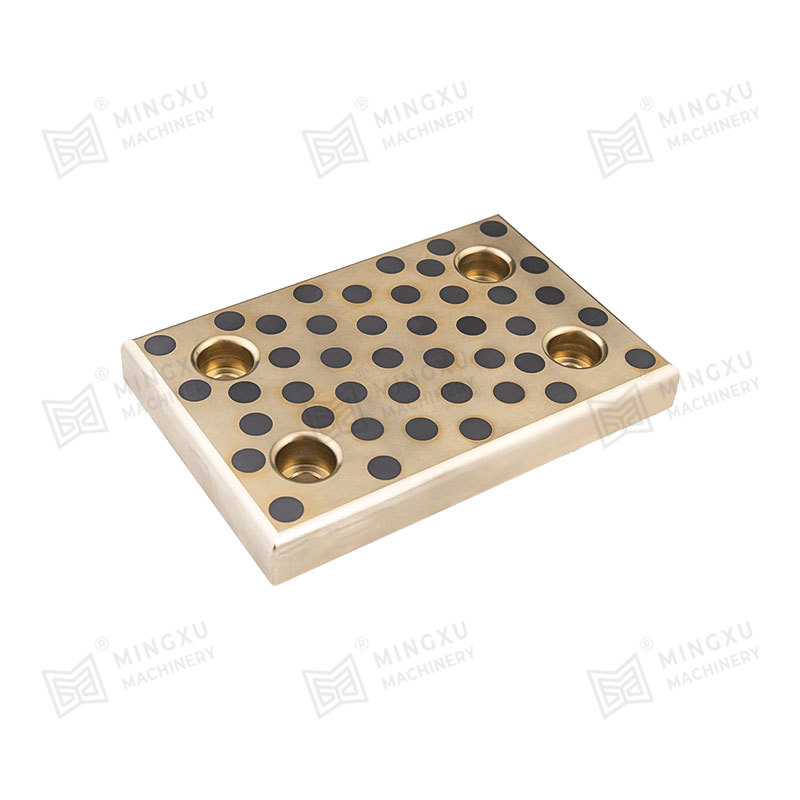
MXB-JESW slide plates are 2-hole and 4-hole wear-resistant heavy-duty slide plates. They are standardized products and compatible with many brands, su...
See Details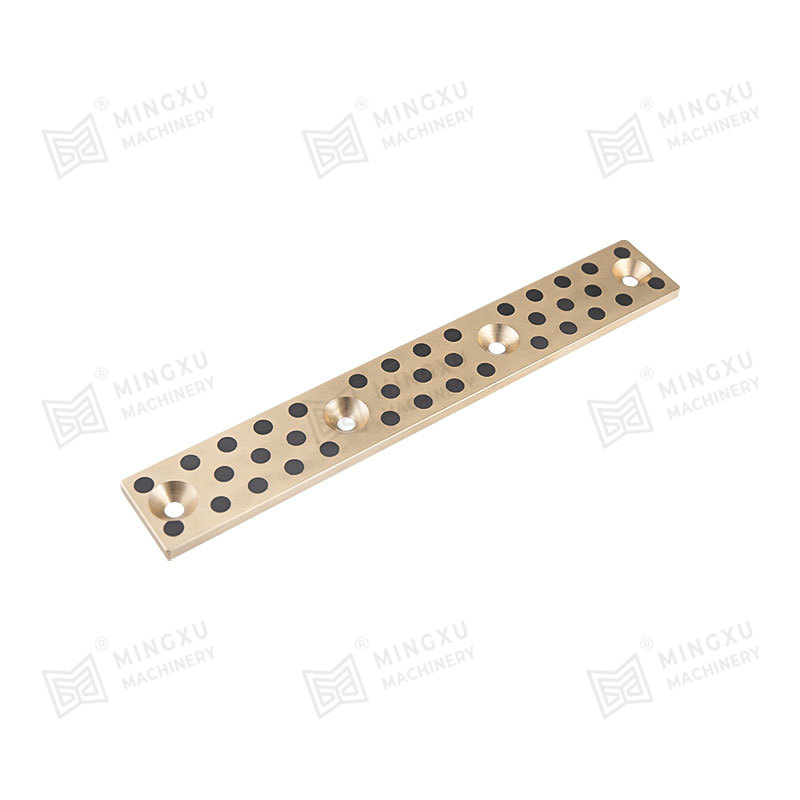
MXB-JTLP self-lubricating wear-resistant plate can provide standard products ranging from width from 18mm to 68mm and length from 100mm to 220mm. It c...
See Details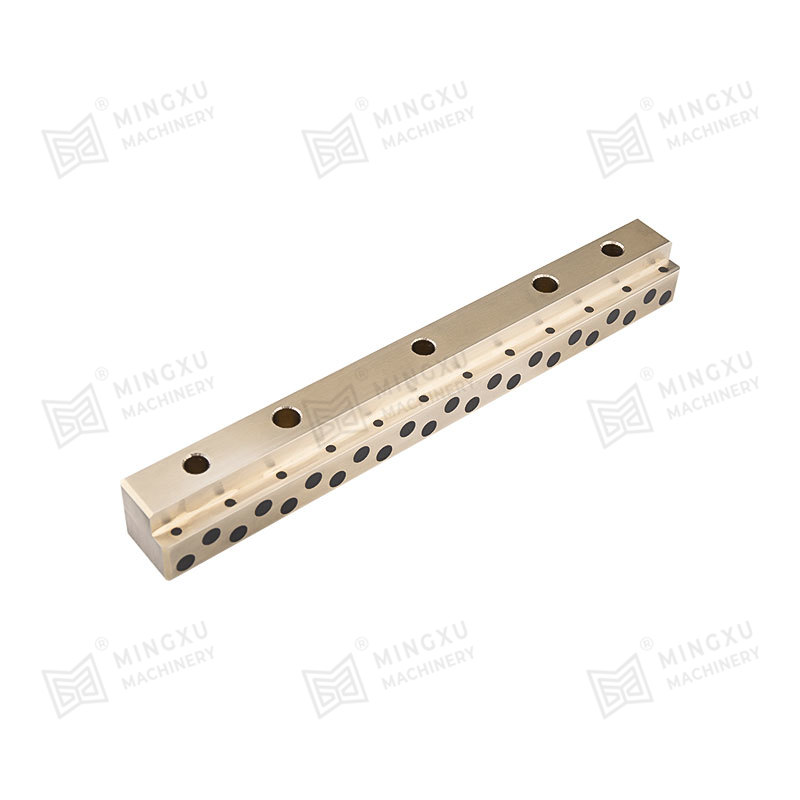
MXB-JGLXS guide rails are parts installed on both sides of the side core-pulling slider to ensure that the side core-pulling slider moves back and for...
See Details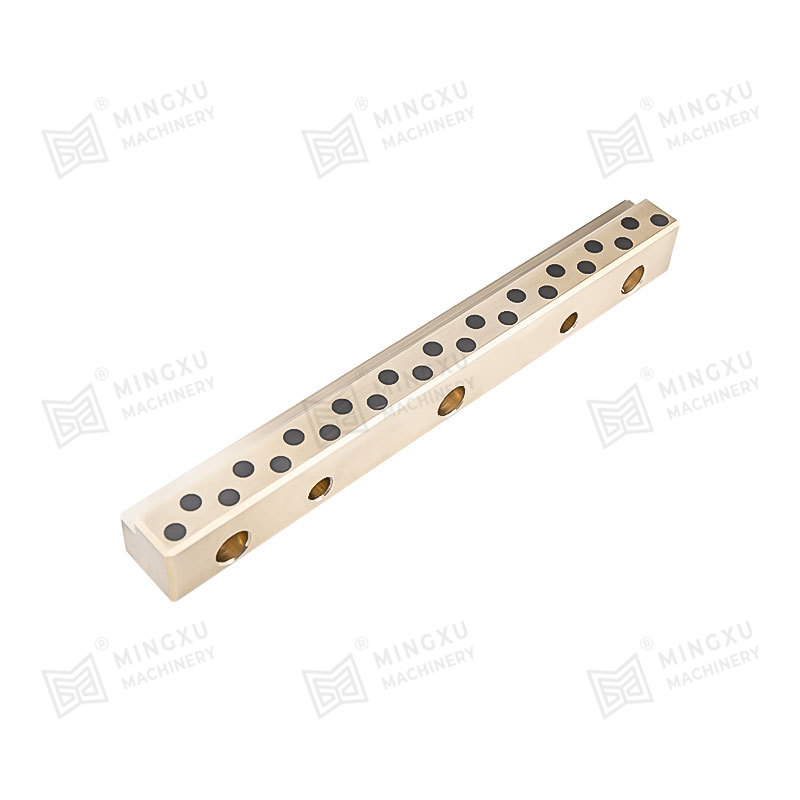
MXB-JGLX self-lubricating guide rails cover multiple properties such as high wear resistance, high temperature resistance, corrosion resistance, etc.,...
See Details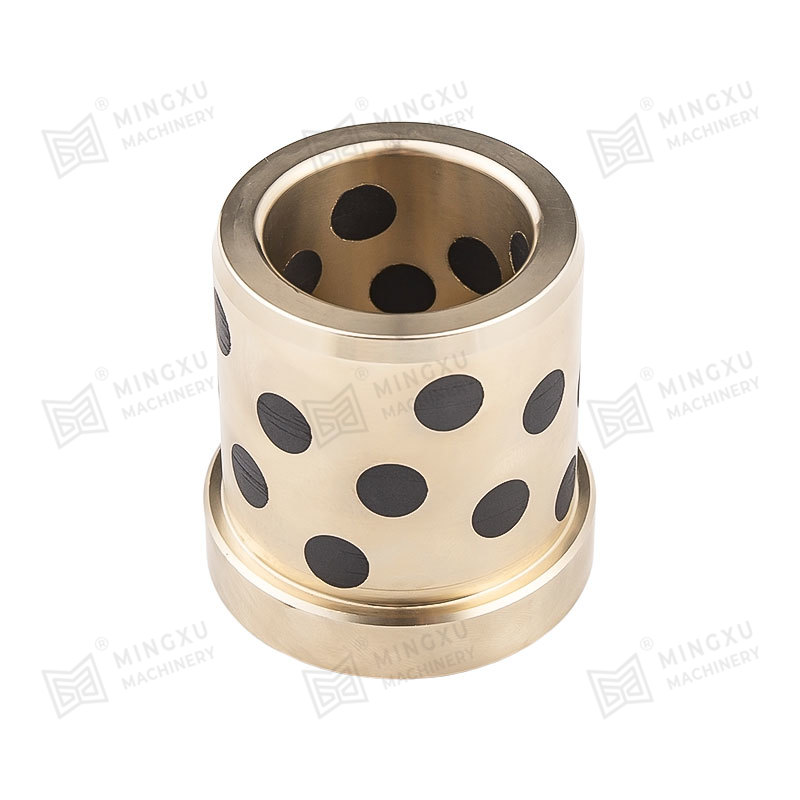
MJGBF oil-free injection guide bushings are components used in the plastic injection molding process to further improve manufacturing efficiency by en...
See Details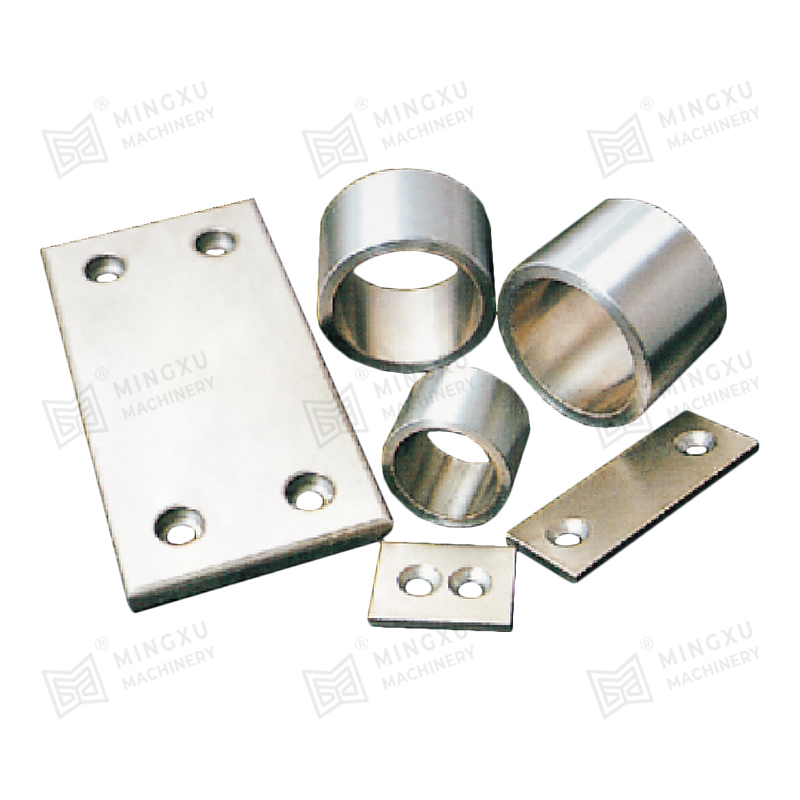
MX2000-2 nickel graphite dispersed alloy bearing is a new product among solid lubricating bearings. Compared with TF-1, this product has the character...
See Details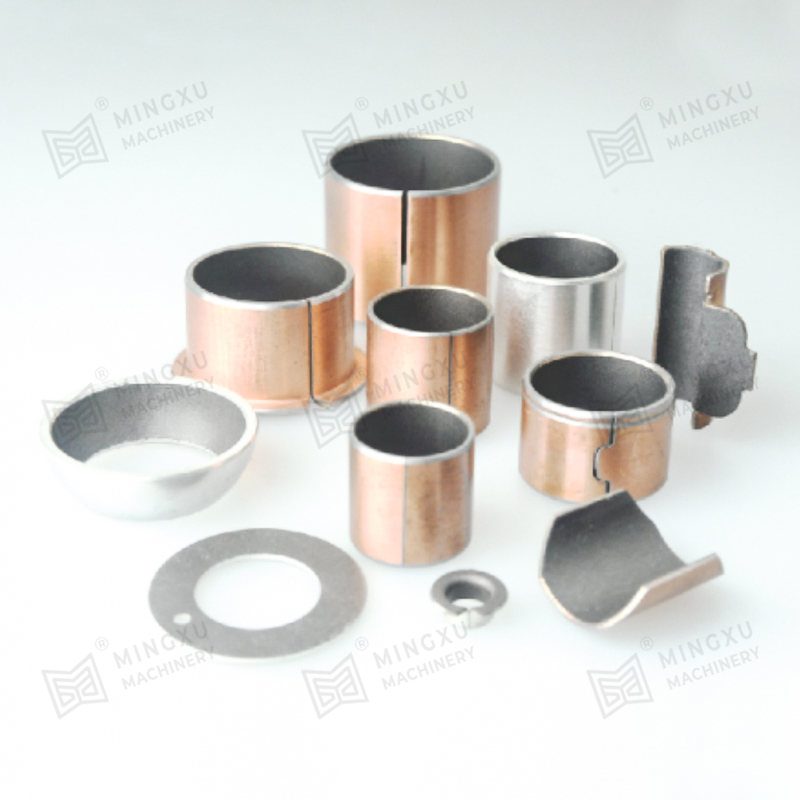
SF-1X oil-free lubricating bearing is a rolled sliding bearing with steel plate as the base, spherical bronze powder sintered in the middle, and a mix...
See Details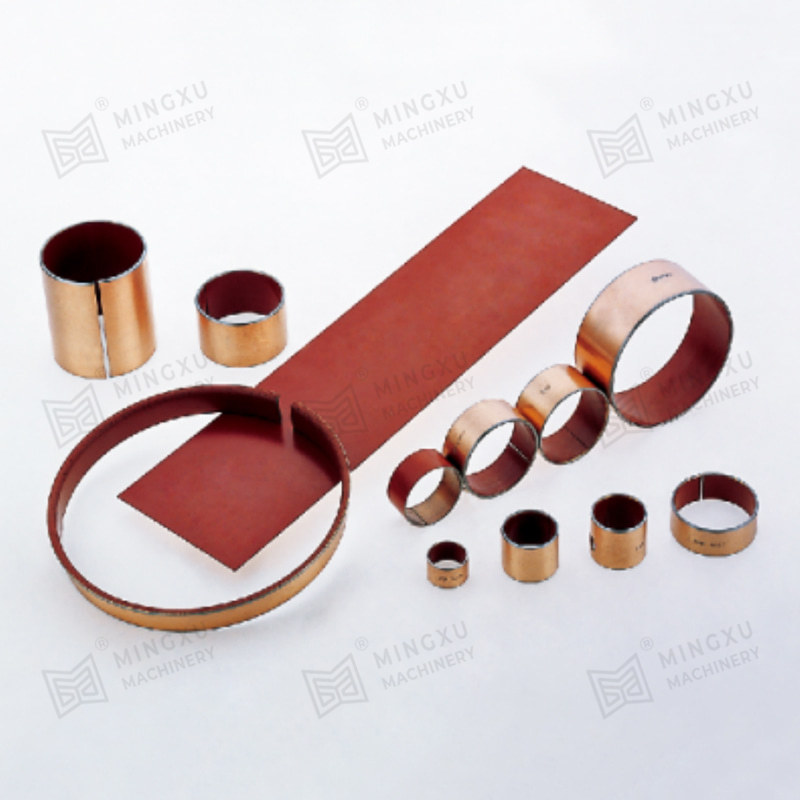
SF-1D hydraulic bearing is a new type of material designed based on SF-1P and combining the working principle of oil cylinder and shock absorber. It i...
See Details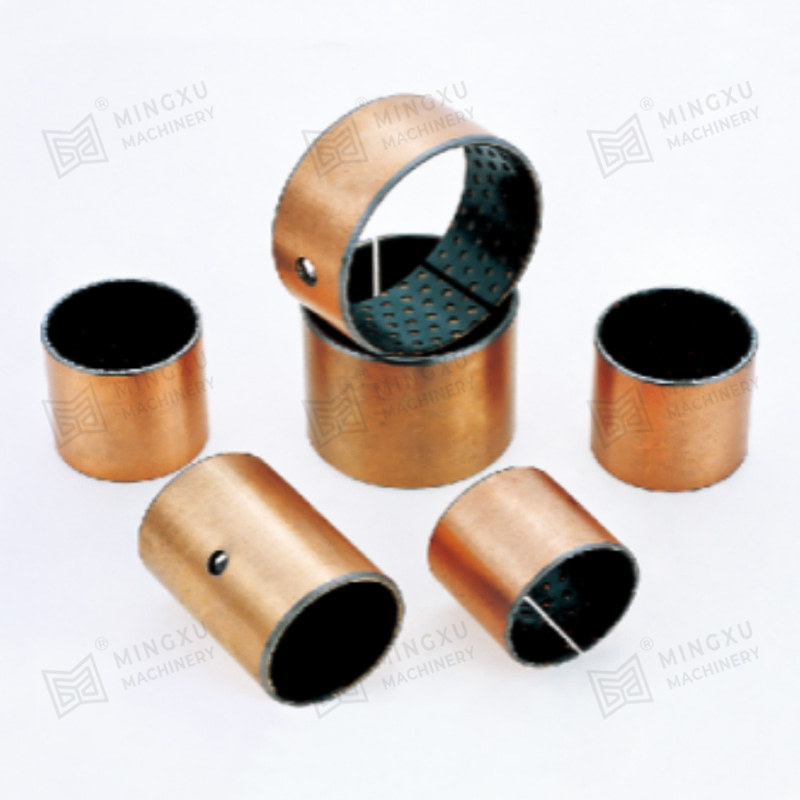
SF-PK PEEK triple composite bearing is a novel sliding bearing, which consists of steel plate, copper powder layer, PTFE + filling material. The main ...
See Details
Contact Us